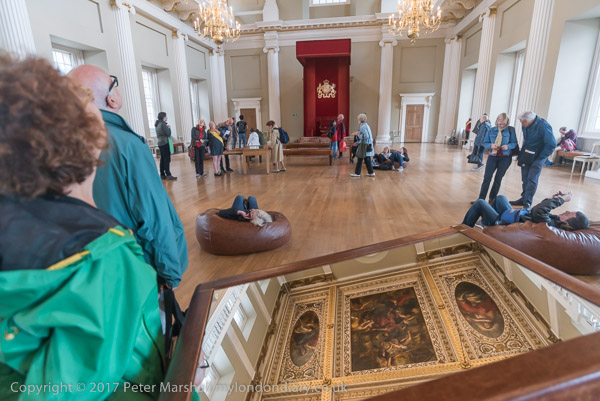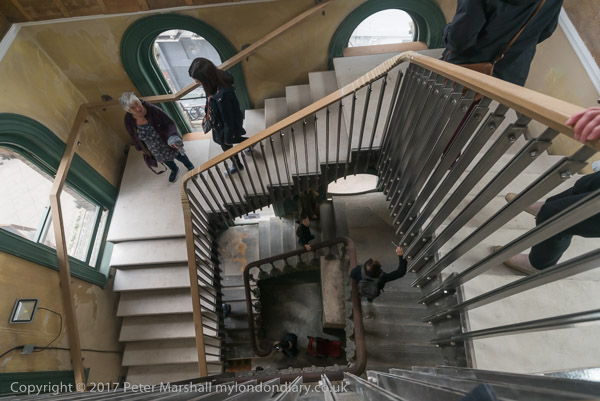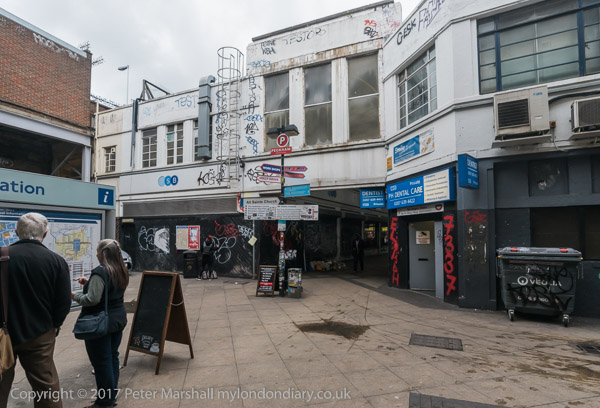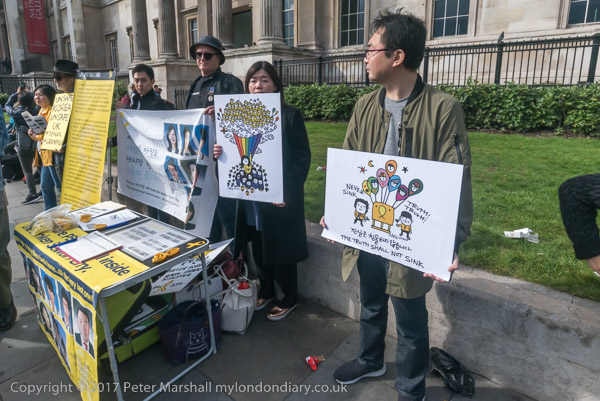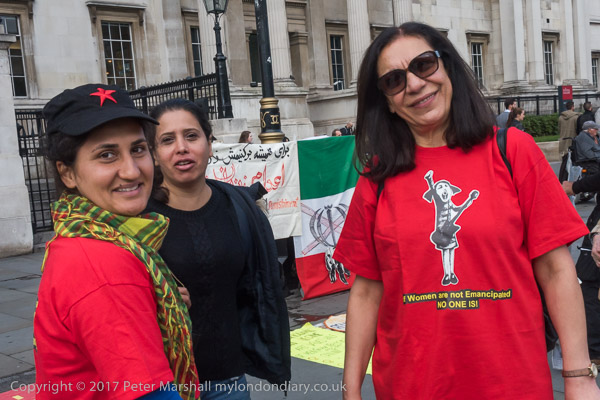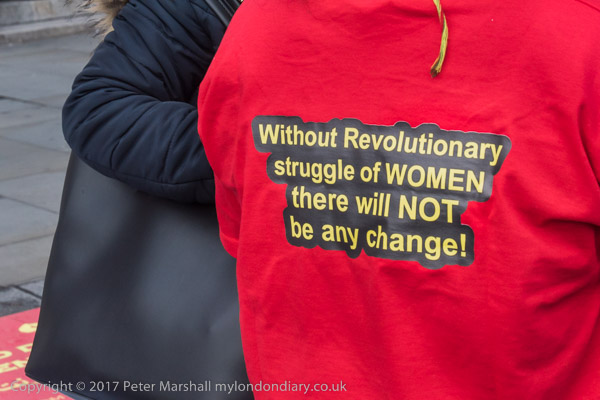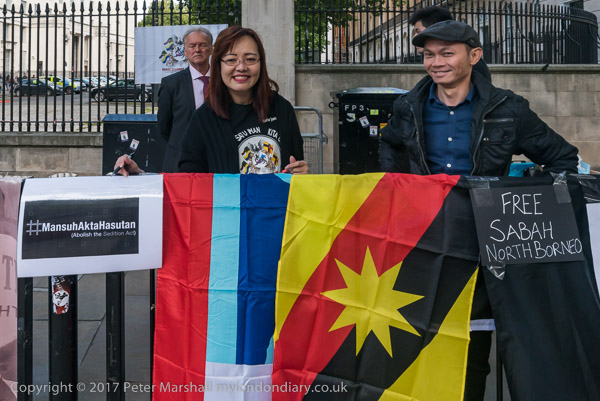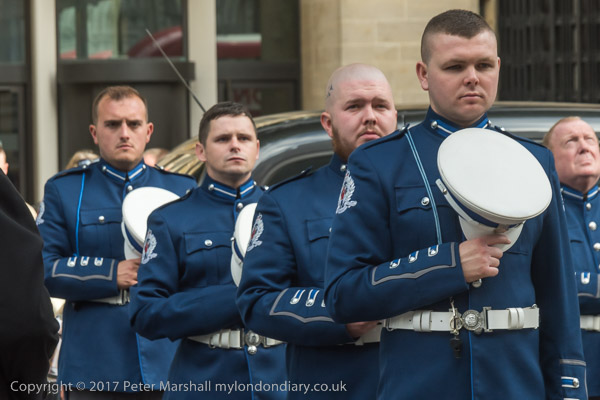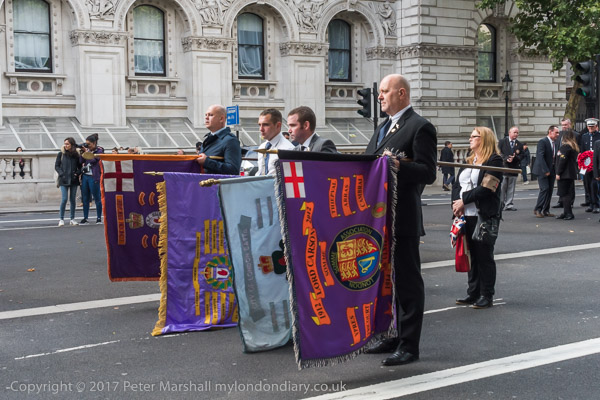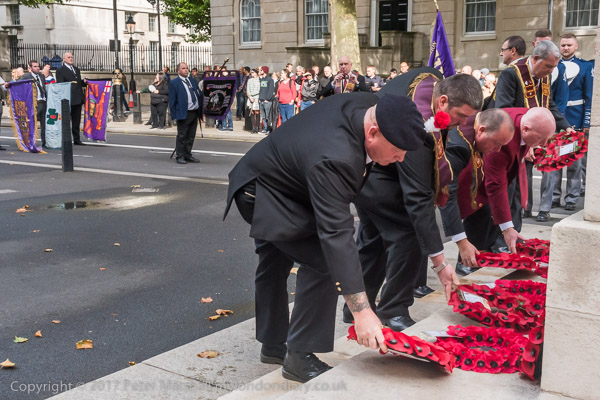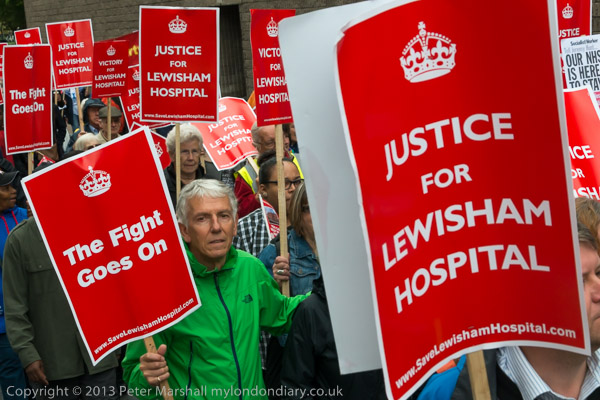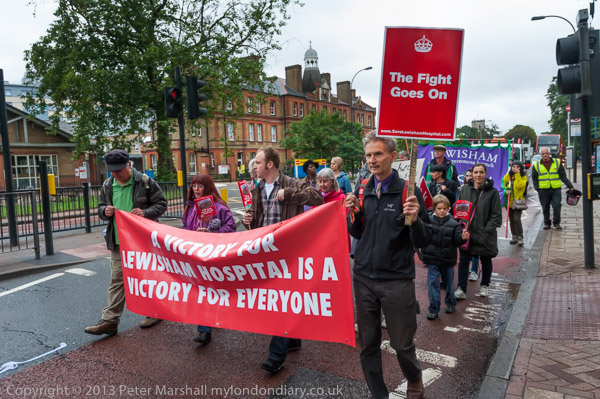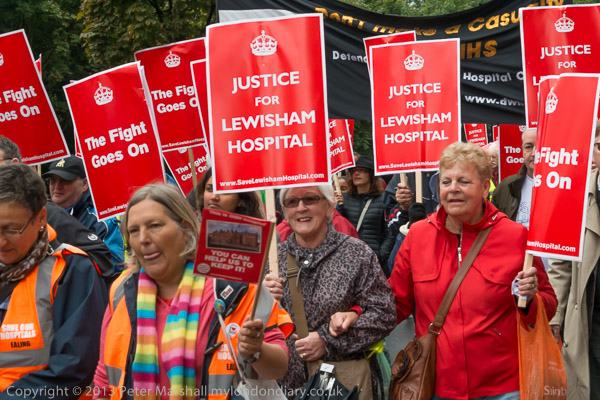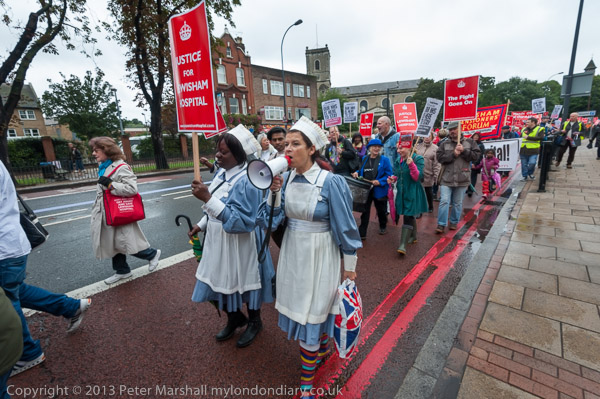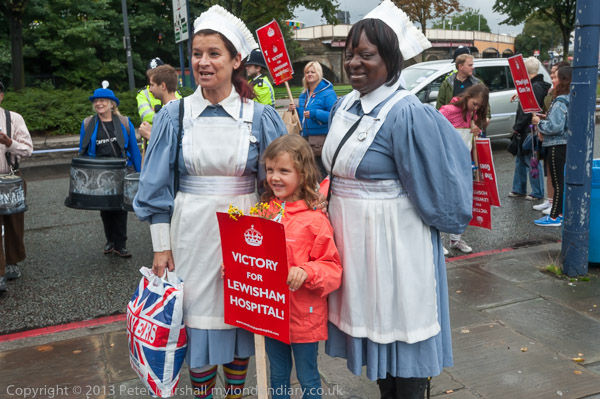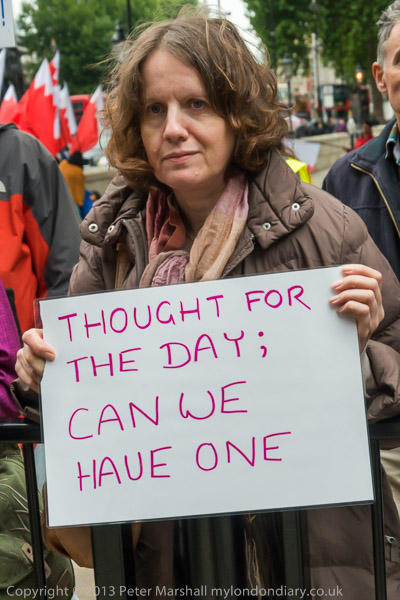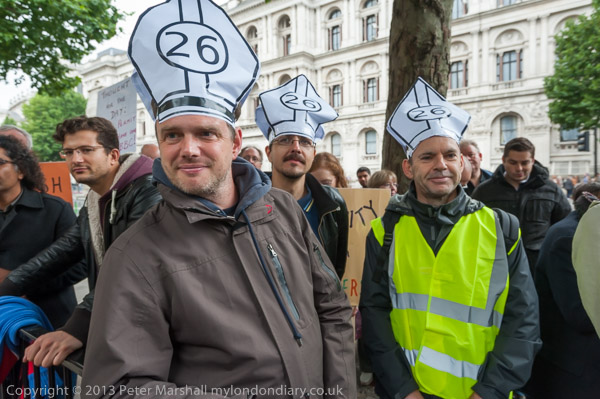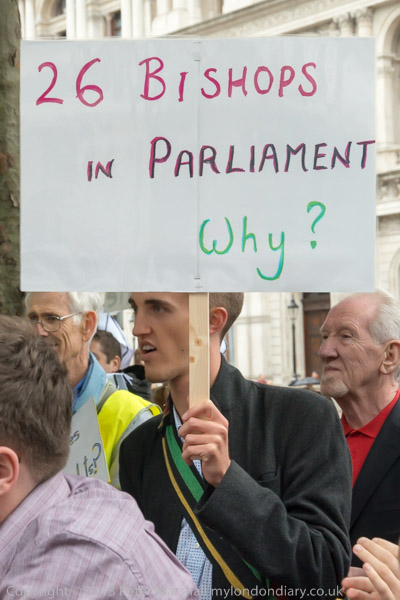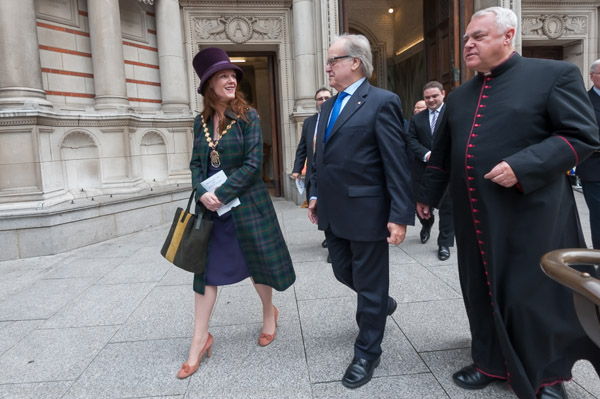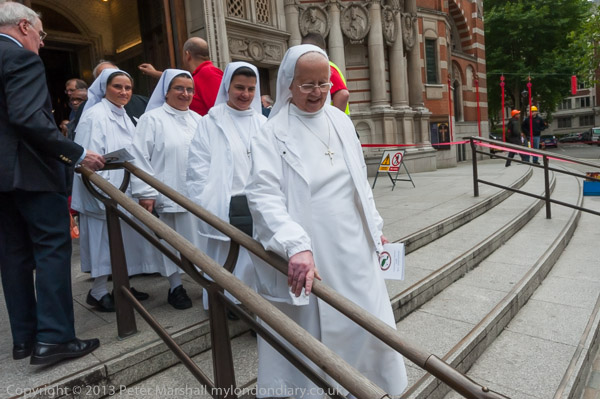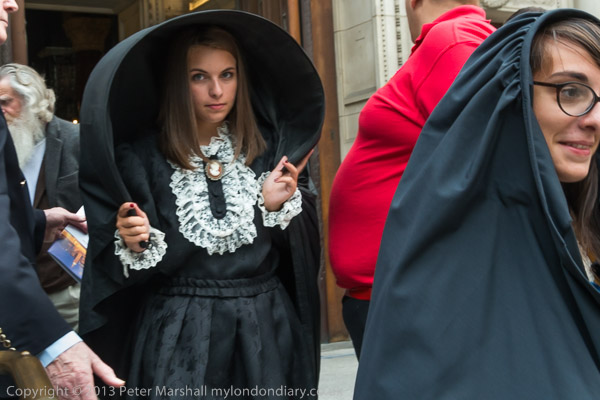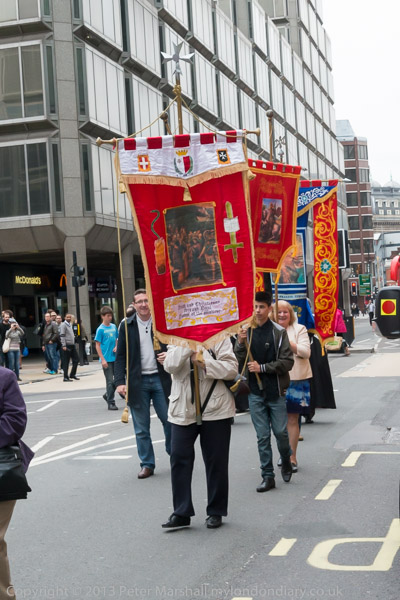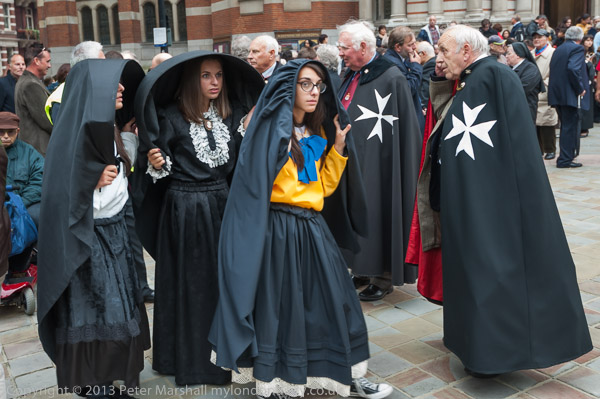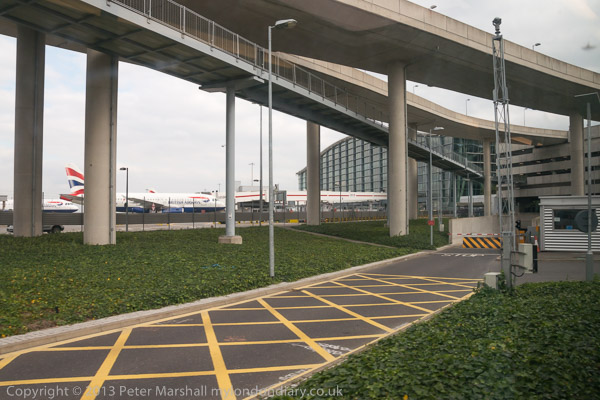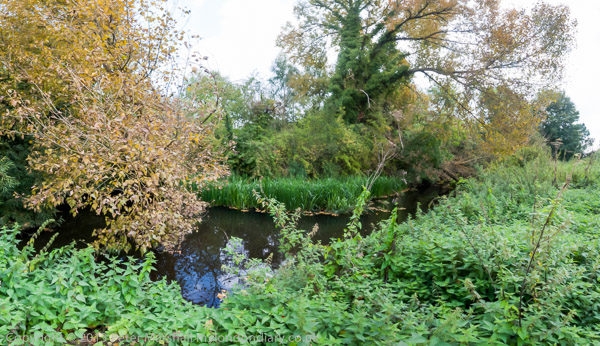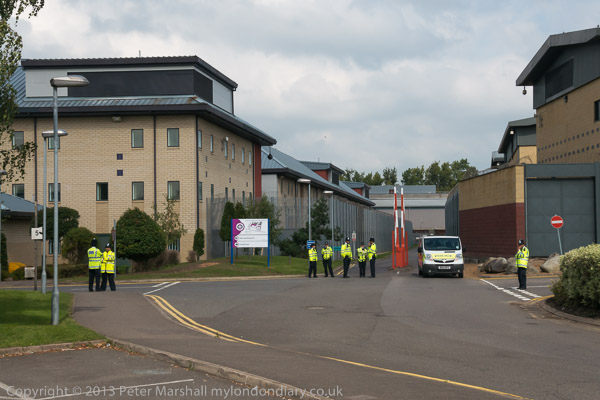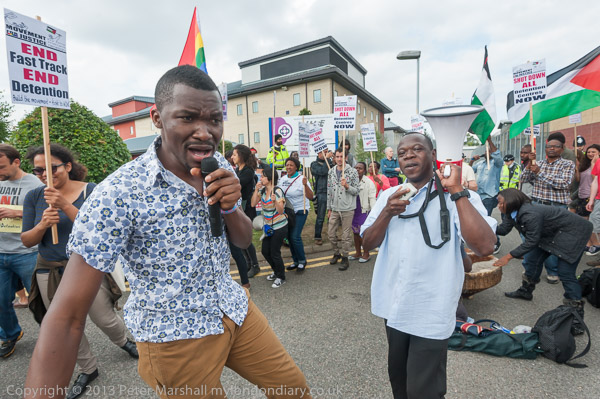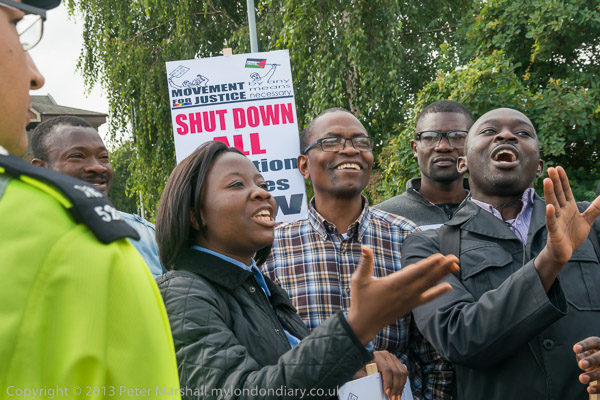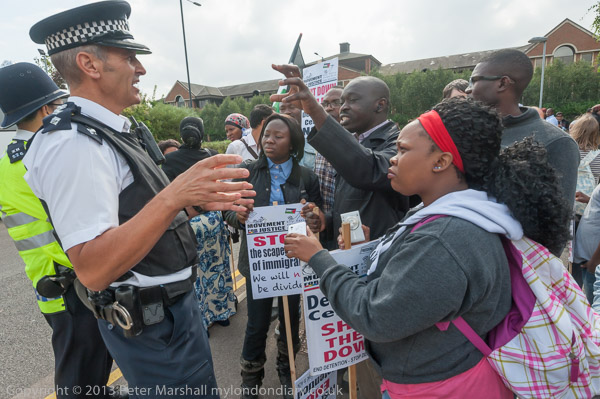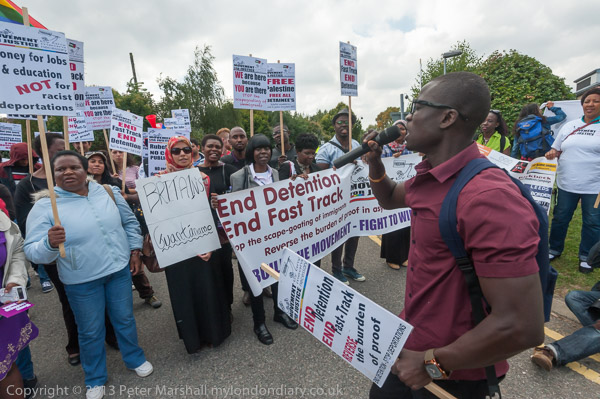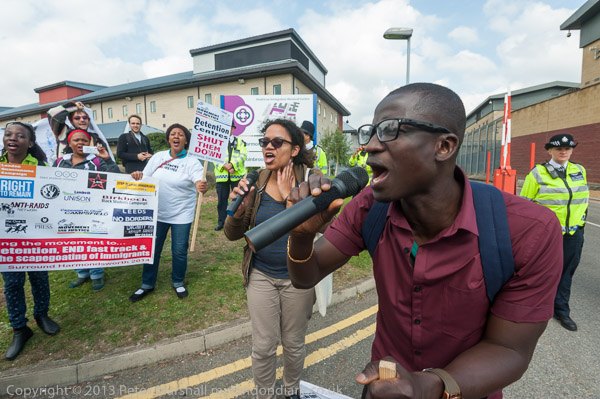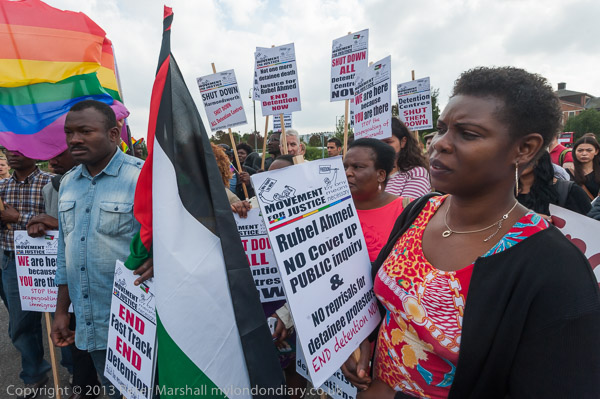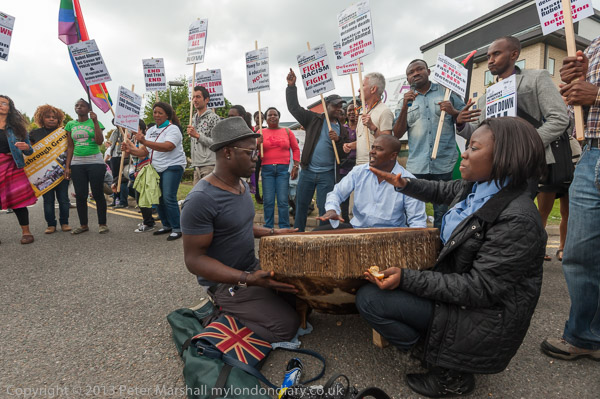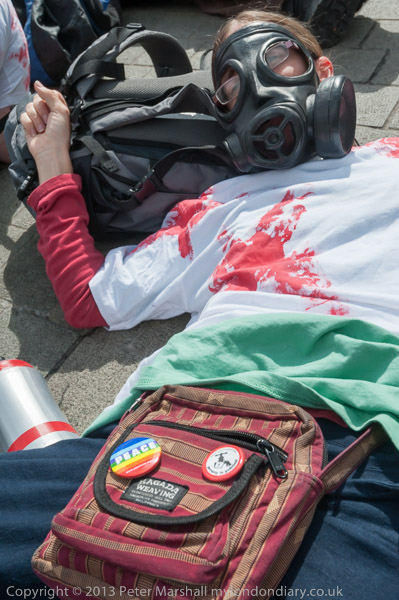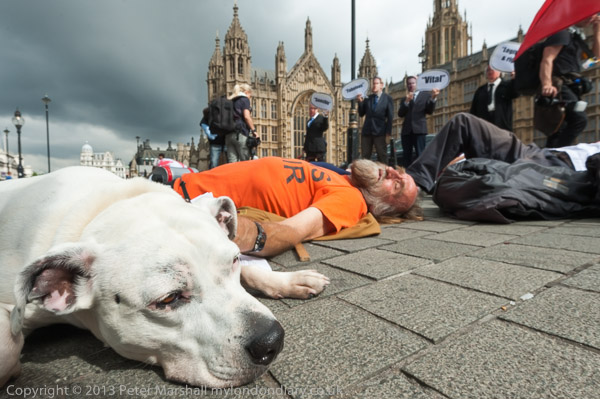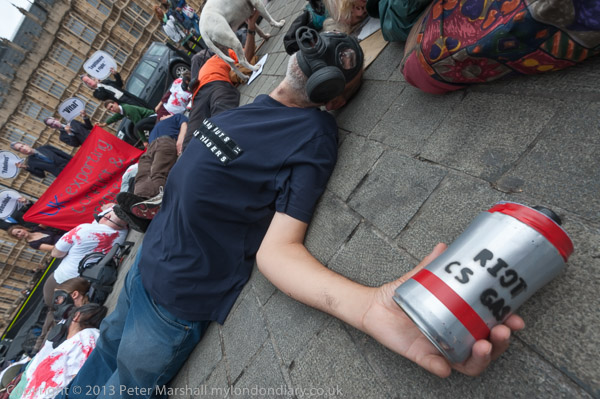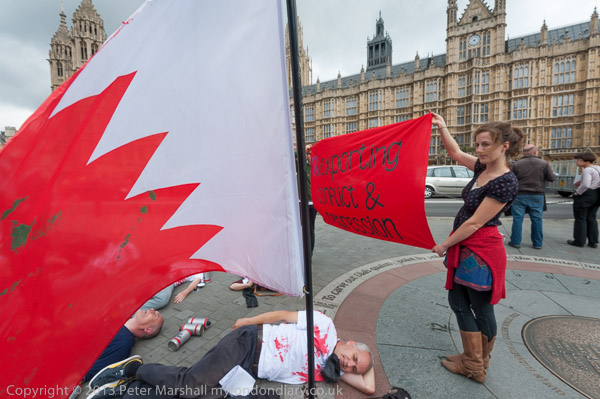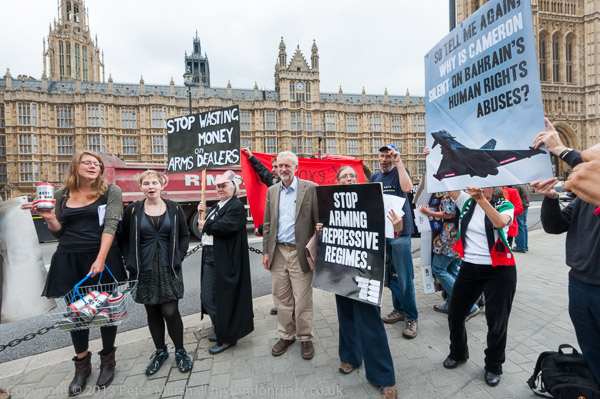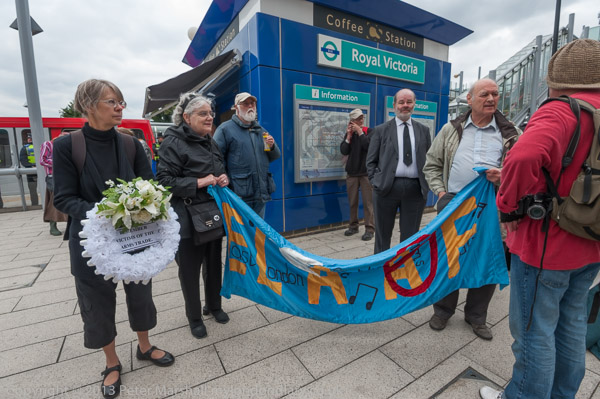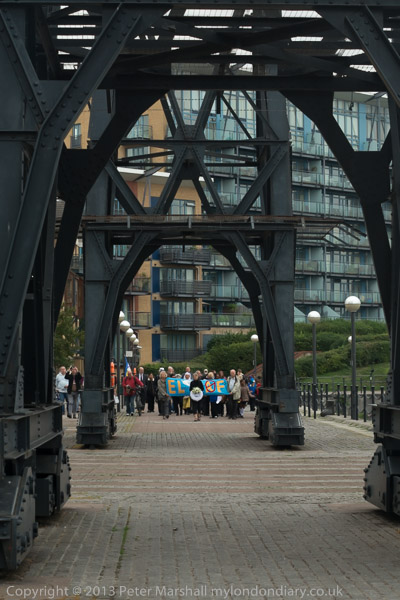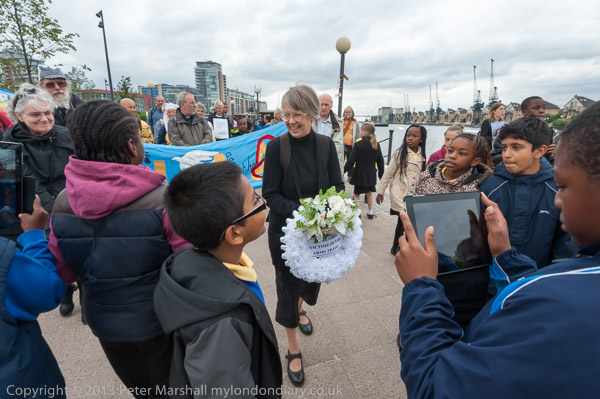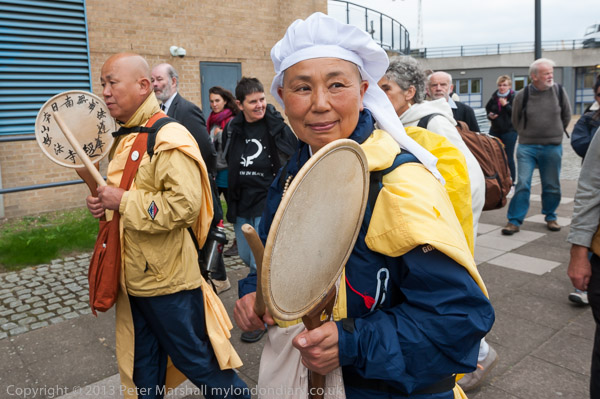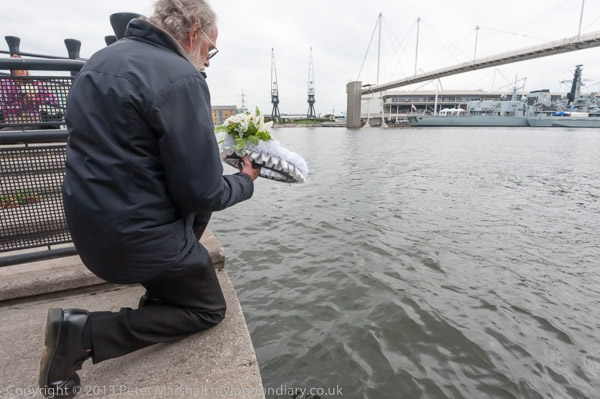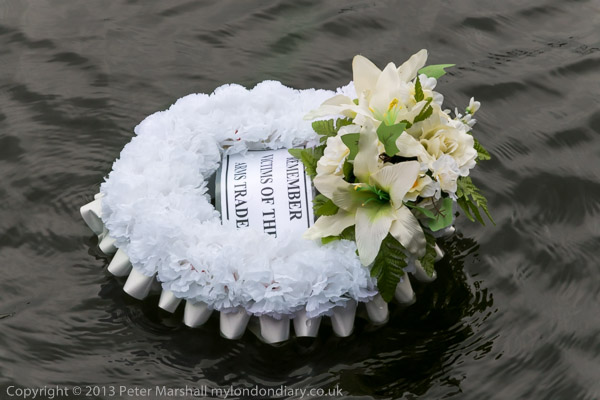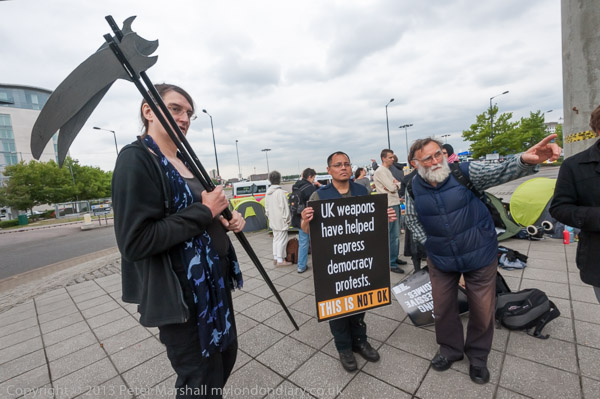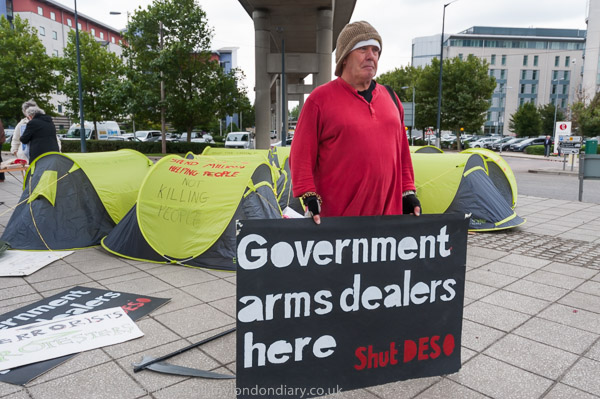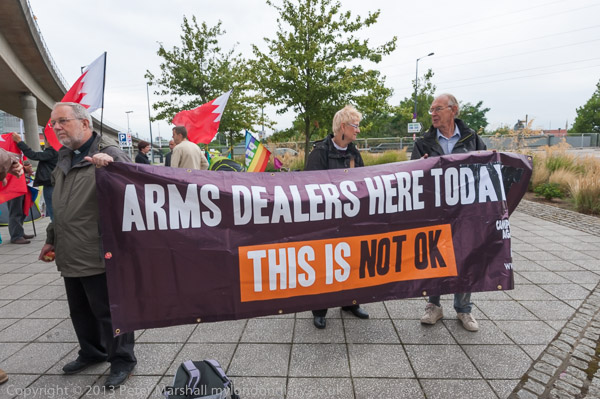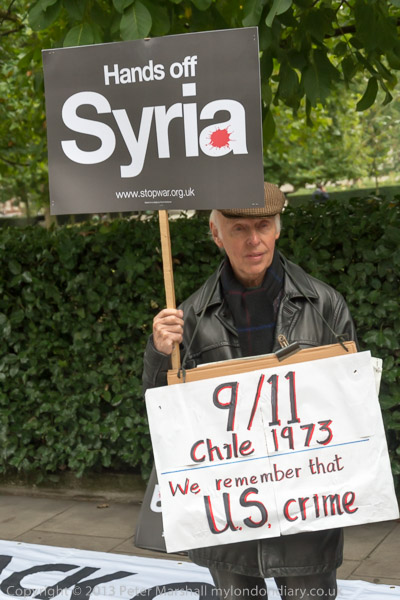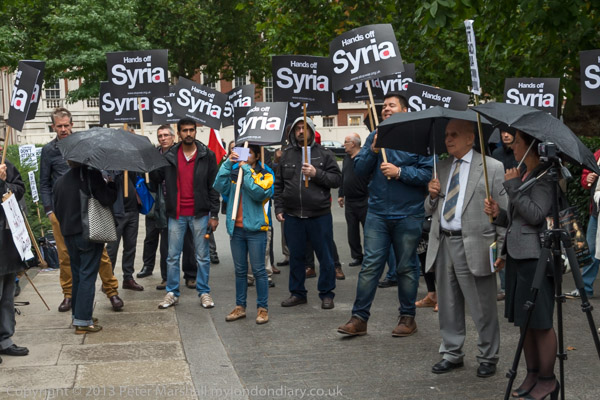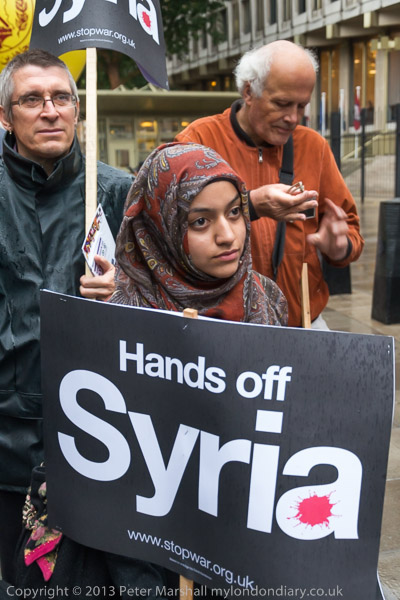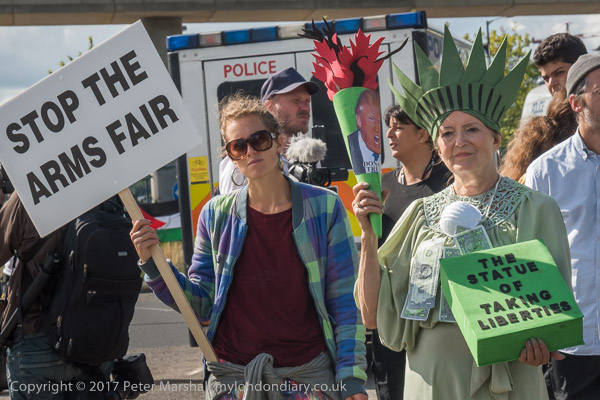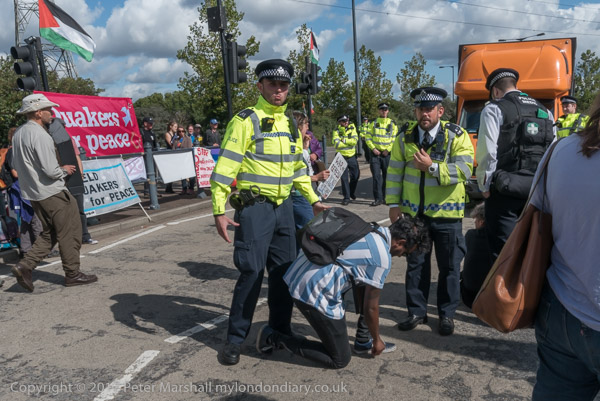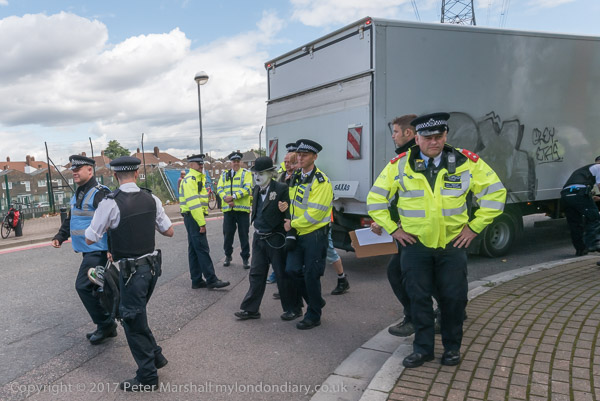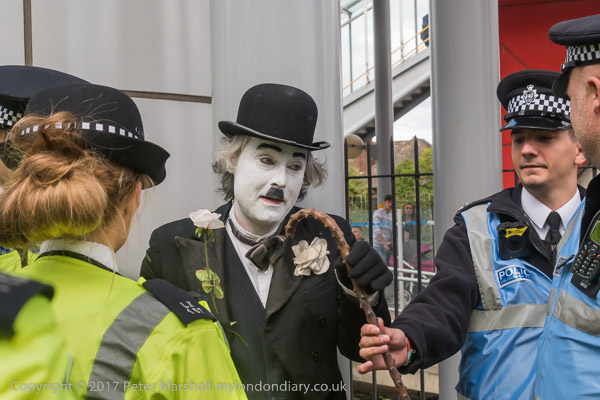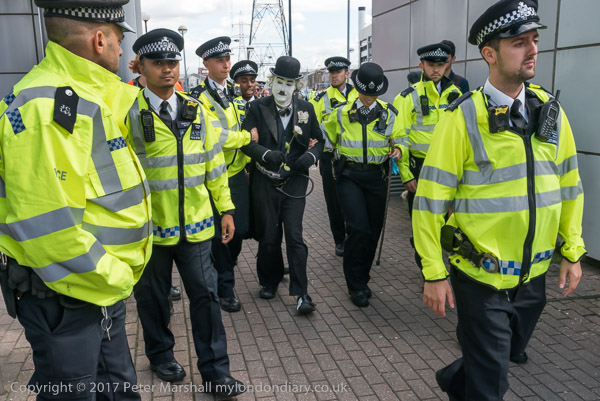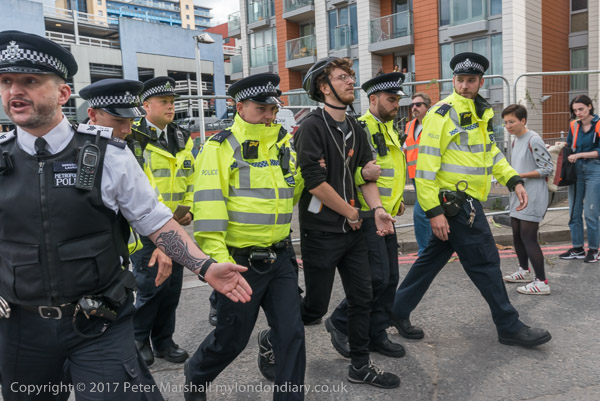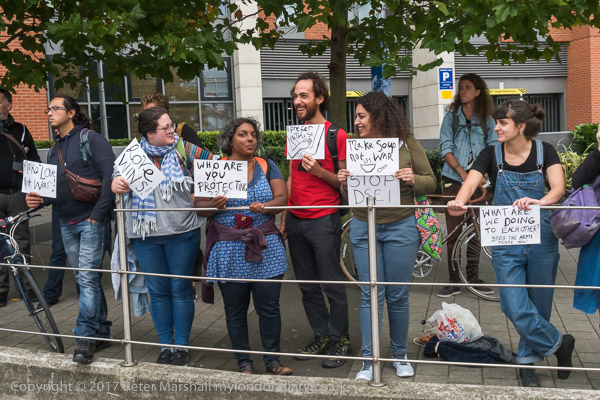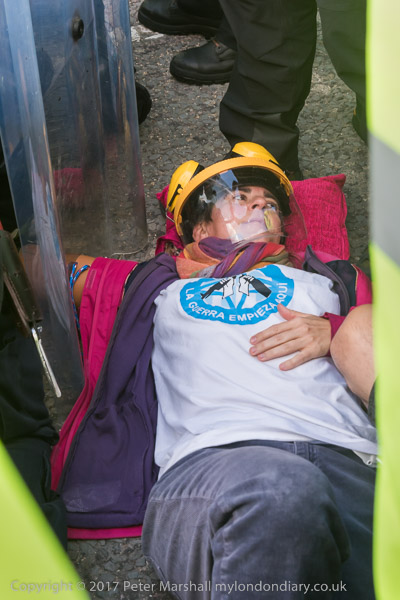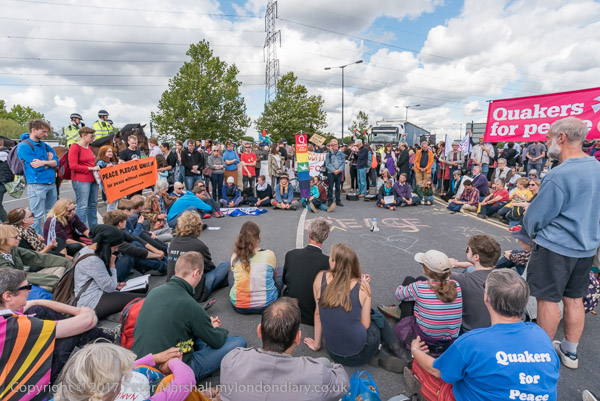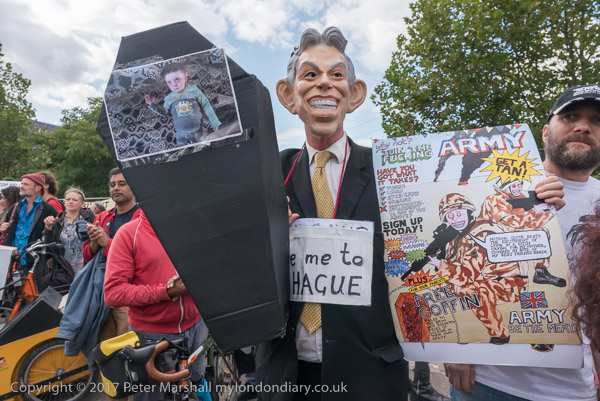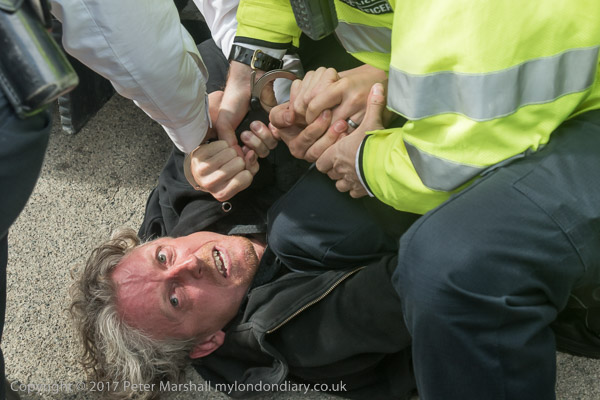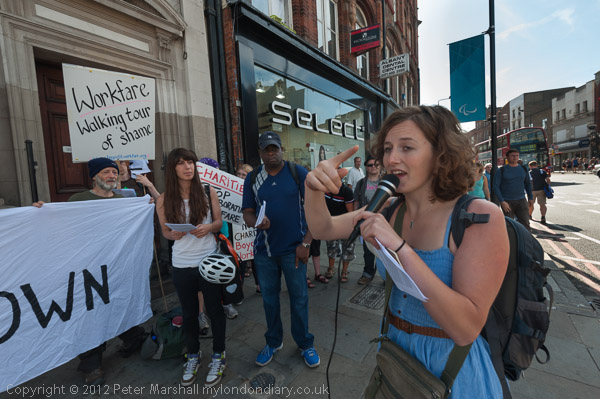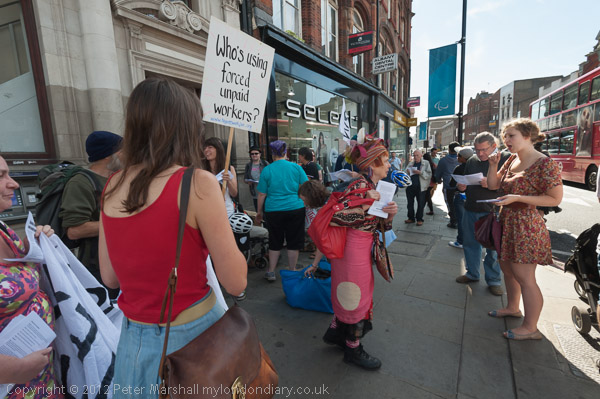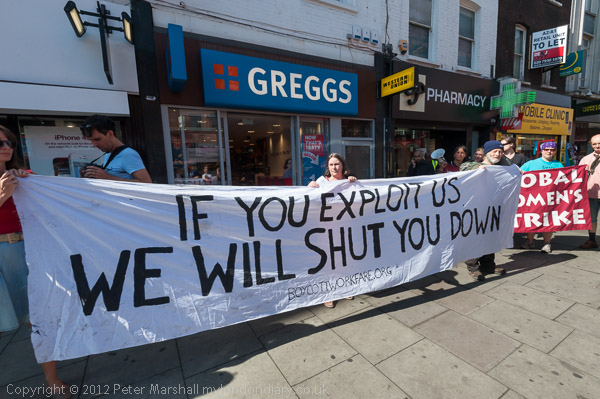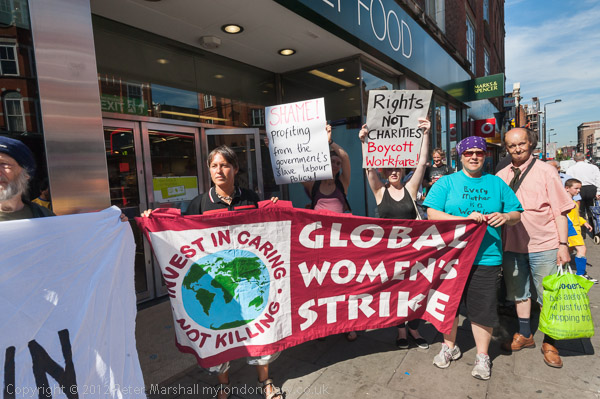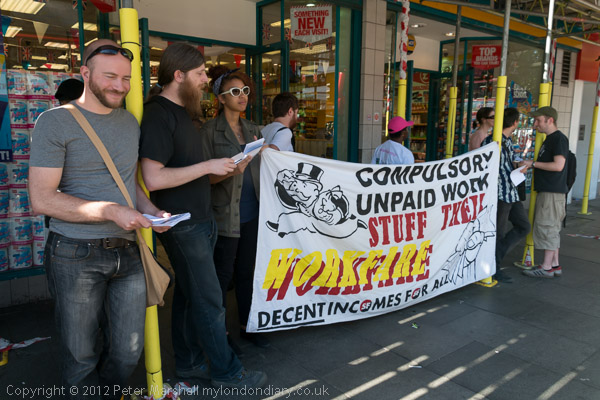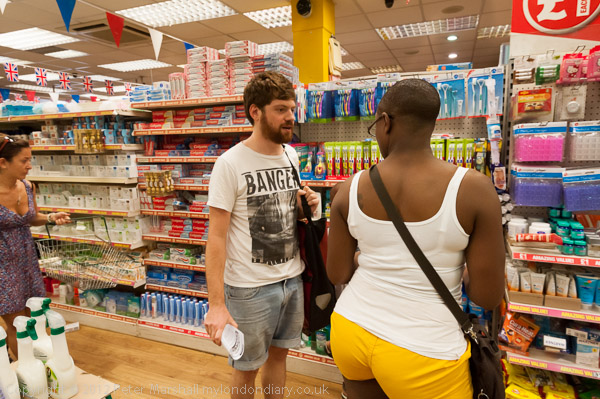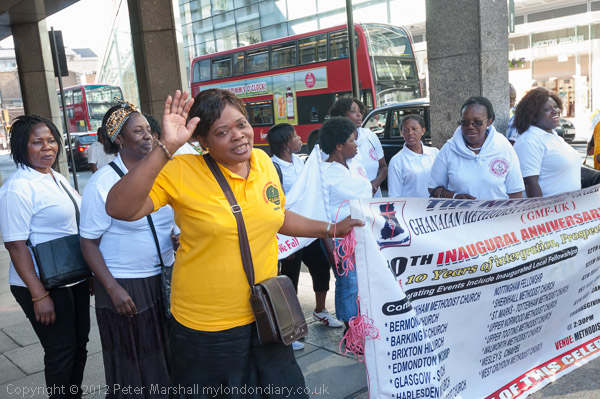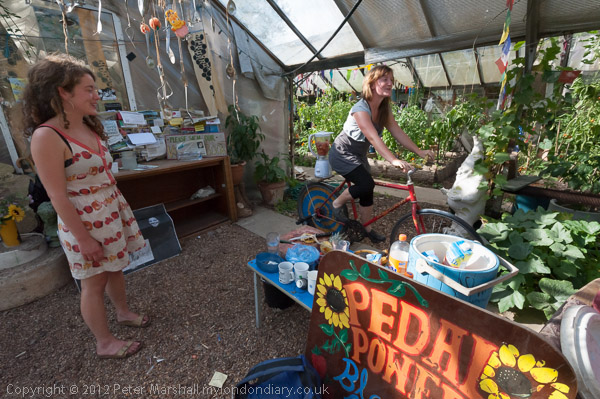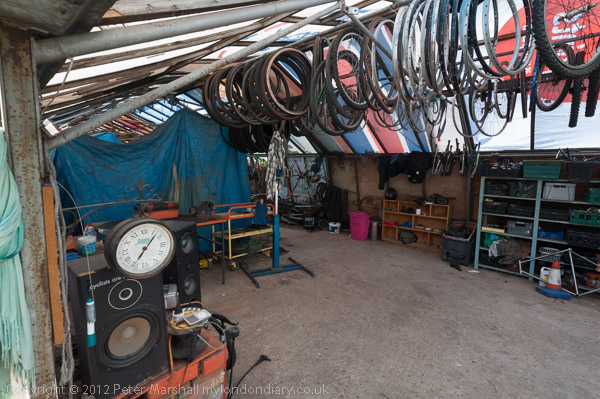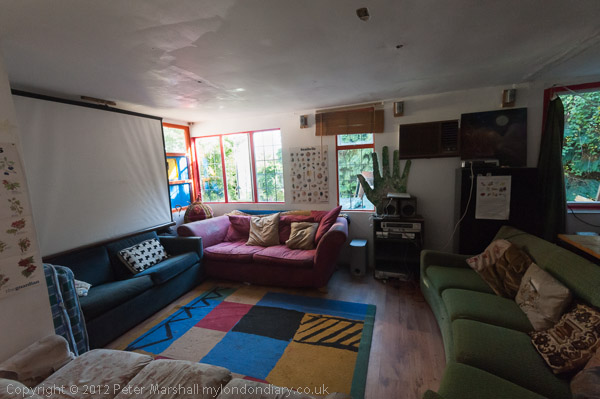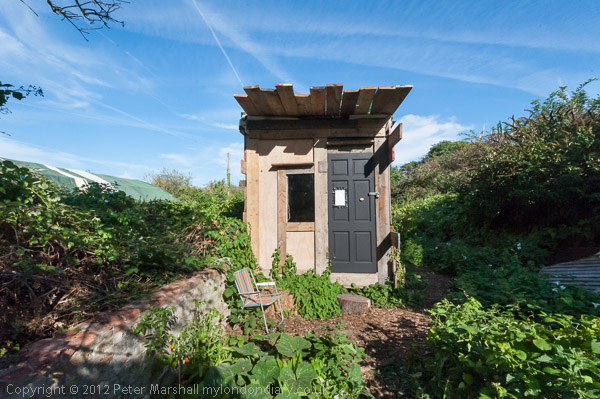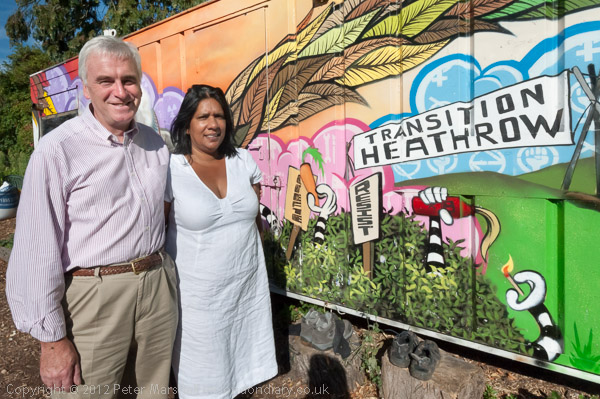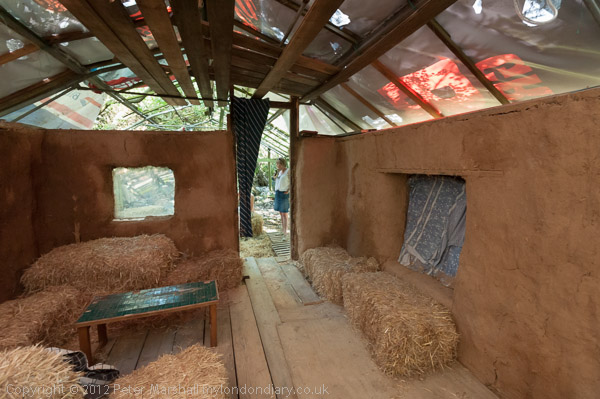Cinelli, Poppies and Music at Class War Poor Doors. I only photographed one event on Wednesday 17th September 2014, one of the long series of weekly protests by Class War over separate entrances for rich and poor occupants of the large block of flats at One Commercial St on Whitechapel High Street.
Music at Class War Poor Doors – Aldgate
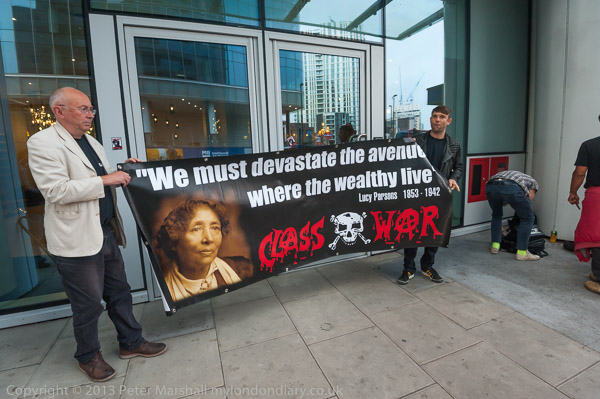
One Commercial St is a 21 storey largely residential block occupying an extensive corner site on Whitechapel High St and Commercial St which includes 207 flats above lower floors of offices, shops and an entrance to Aldgate East Underground Station.
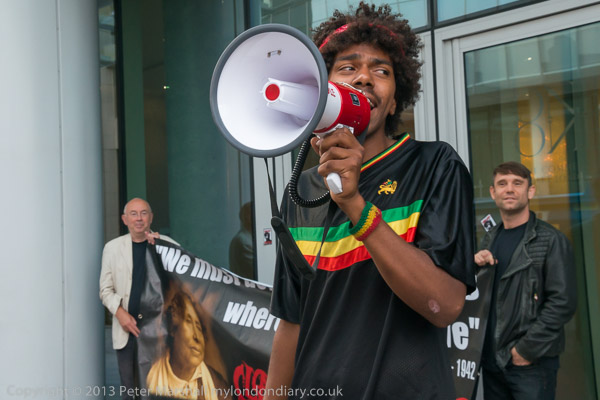
The building, opened in 2014, received strong criticism in architectural circles, and Wikipedia quotes Building Design as commenting on what was developer Redrow’s “first flagship development” with “First flagship development? Please God let it also be their last. No one who can liken this incoherent hulk of ill-fitting glass sheets to a blade of light deserves to build again in such a sensitive location” and it was nominated for the Carbuncle Cup for “the ugliest building in the United Kingdom completed in the last 12 months“.
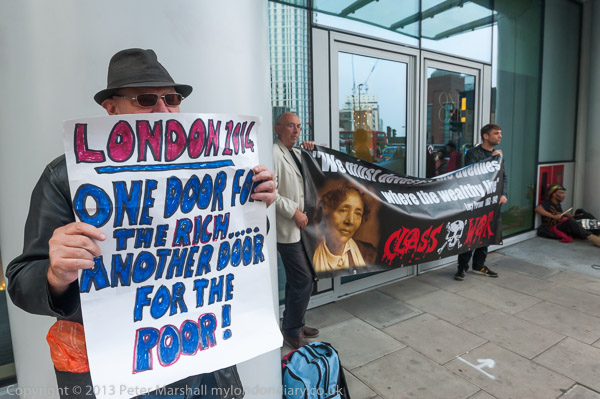
But it became controversial for other reasons too. To meet planning regulations the block contains some flats at affordable rents. While those in the main part of the building enter through an impressive foyer with a concierge desk and seating from the High Street adjoining Aldgate East Station, tenants of the affordable section had to go down what was then a dirty and dingy alley at the side of building, Tyne Street, to a door with a card-entry reader leading to a long empty corridor. On 17th September the card reader had been broken for 3 weeks, leaving the building insecure and the building management had failed to repair it.
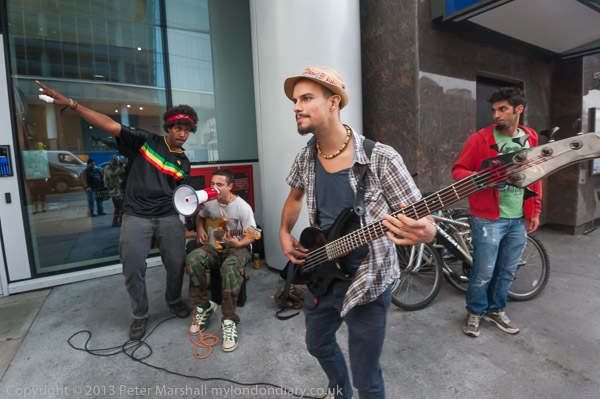
This difference in treatment for rich and poor was highlighted in an article in The Guardian which commented on the growing trend for London’s new housing developments to include separate entrances like this for the less wealthy, known as “poor doors” and which gave One Commercial Street among the examples.
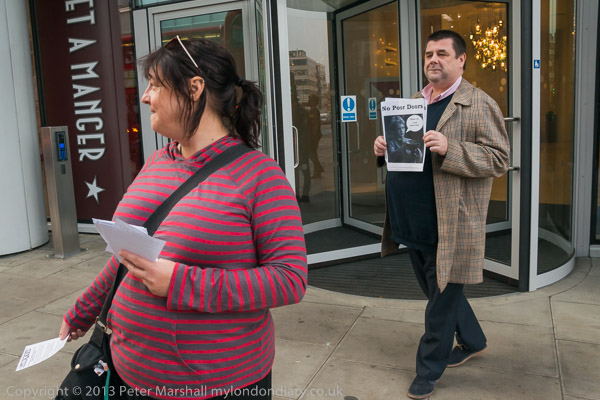
Many people expressed their distaste at this social segregation, and in New York Mayor Bill De Blasio announced he planned to take action to prevent new developments having such separate doors for low-income residents after a single such block was built there. But it was becoming common in London.
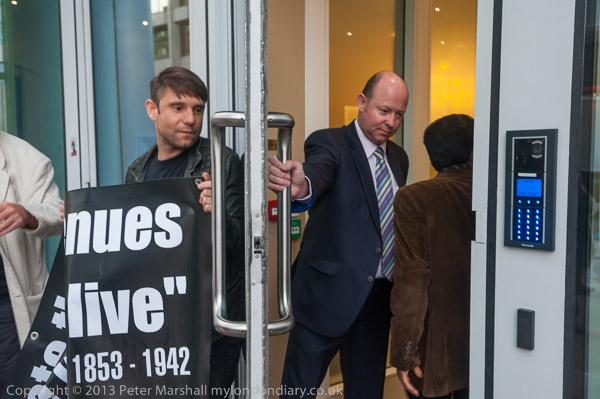
Anarchist group Class War decided it was time to take some action, and from July 2014 organised a weekly series of evening protests outside One Commercial Street, continuing (with a few breaks) until the following May. I photographed all but a couple of these, and later published a zine with some of the pictures I made. This is still available, but carriage costs make buying single copies expensive, however there is a good preview online.
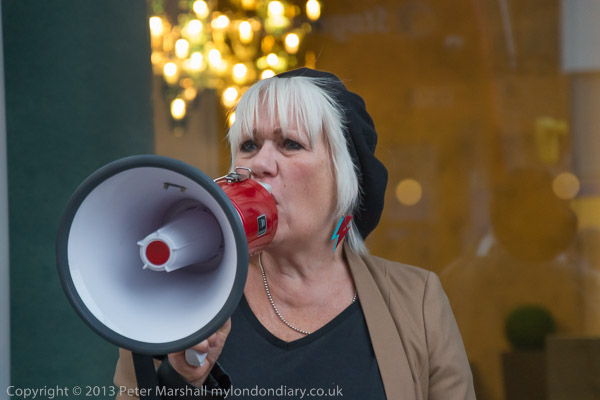
Others joined with Class War on various occasions, and on Wednesday 17th September 2014 Reggae band Different Moods from Tottenham came to perform their ‘Poor Doors’ song specially written for the protests.
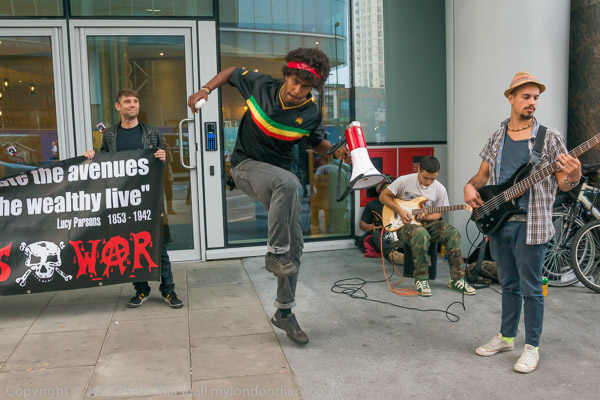
The protests by Class War did raise the profile of the problem, and resulted in some minor changes – including better lighting and cleaning for the side alley. They probably also embarrassed the owners enough to make them sell the building, though the new owners proved no better and the social segregation remains. And it’s perhaps why the building was later renamed and is now the Relay Building.
Sea of Poppies – Tower of London
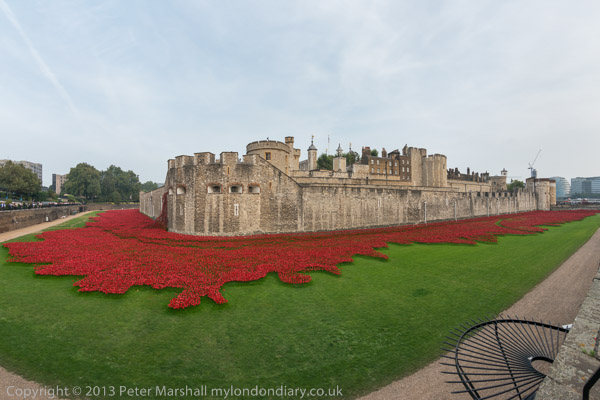
On my way to Aldgate I stopped at the Tower of London and made a photograph of the Sea of Poppies, work of art remembering the ‘Great War’, the ceramic poppies, one for each of the British forces killed in the war. I commented that for me “it seems decorative but shallow” and “lacks any real sense of the numbers involved and is far less graphic than the war cemeteries with their seemingly endless rows of crosses.“
A little more at Sea of Poppies.
Vintage Cinelli in poor state
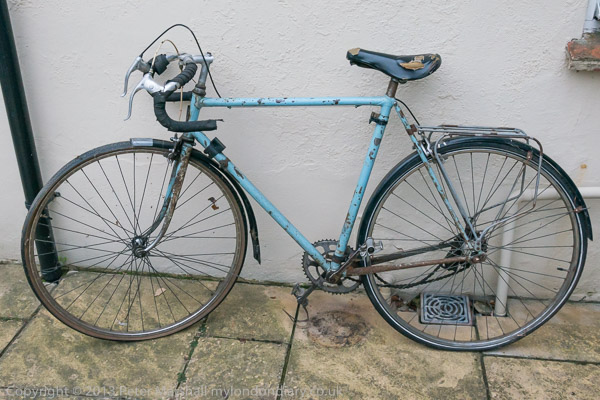
Earlier in the day I’d taken a picture showing the terrible state of my old bicycle, no longer ride able. It’s still in my shed, as several attempts to find a replacement chainwheel have failed. You can read more of the story about it at Vintage Cinelli in poor state. Perhaps I should try searching again.
